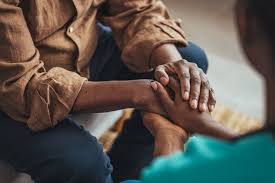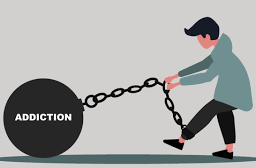
Self-Injury Awareness: Recognizing Signs and Providing Pathways to Healing
Welcome to a space dedicated to raising awareness and understanding about self injury. On Self Injury/Harm Awareness Day (SIAD), we delve into the complexities of non-suicidal self injury (NSSI). Let’s explore the warning signs, support mechanisms, and work together to break the stigma surrounding self injury. Join us in fostering compassion and awareness for those navigating this challenging terrain.

March 1st marks Self Injury/Harm Awareness Day (SIAD), a day dedicated to raising awareness about self injury and harm. The goal of SIAD is to destigmatize the conversation around self-injury and provide resources for people who are struggling with it. It’s important that we all take this day as an opportunity to learn more about the issue, get educated on the warning signs, and find ways to support those affected by it.
What is Self-Injury/Harm?
Self-injury, also known as non-suicidal self-injury (NSSI), is defined as “the deliberate destruction or alteration of one’s body tissue without conscious suicidal intent”. Common forms of self-injury include cutting, burning, hitting, scratching, hair pulling, interference with wound healing, skin picking, and manipulating body weight (e.g., anorexia). It is important to note that although self-injury can be used as a coping mechanism for difficult thoughts or feelings it does not lead to long term relief from emotional distress.
Warning Signs of Self Injury/Harm
If you suspect someone you know may be engaging in self-injury or harm, there are certain signs that you should look out for. These can include physical signs such as cuts or burns on the body; possessions such as razor blades or lighters; behavioral signs such as isolation; changes in eating habits; or an overall decrease in wellbeing. If you see any of these warning signs in someone you know it’s important to reach out and offer your support.
How Can We Support Those Struggling with Self Injury/Harm?
The most important thing we can do for those struggling with self-injury/harm is listen without judgement and provide unconditional support. It’s also important to encourage them to seek professional help if they feel like they need it. There are many things you can do to help your loved one such as providing distraction techniques when they feel overwhelmed; helping them develop healthy coping skills; providing a safe space where they can talk openly about their feelings; or simply being there for them when they need someone to talk to.
Self-Injury/Harm Awareness Day (SIAD) 2023 provides us all with an opportunity to reflect on how we can better support those who are struggling with this issue and create greater awareness around the topic so that fewer people experience the negative impacts associated with it. By understanding what self-injury/harm is, recognizing the warning signs, and knowing how we can best help our loved ones who are dealing with this issue – we give ourselves and others hope for a brighter future free from stigma surrounding mental health issues like these. Together we can make a difference!
Disclaimer: The information provided in this content is for general informational purposes only. It is not intended as medical or healthcare advice, diagnosis, or treatment. Always seek the advice of a qualified healthcare professional with any questions you may have regarding a medical condition or healthcare decisions.




